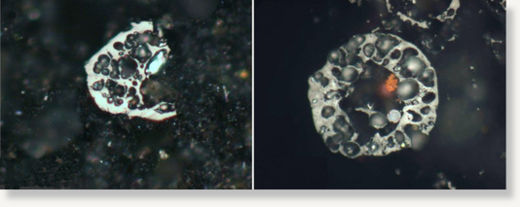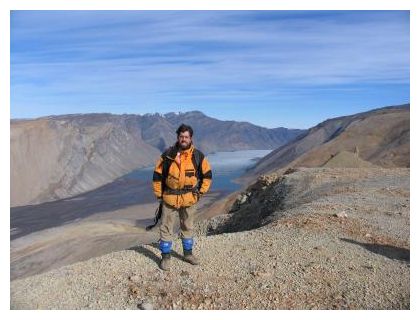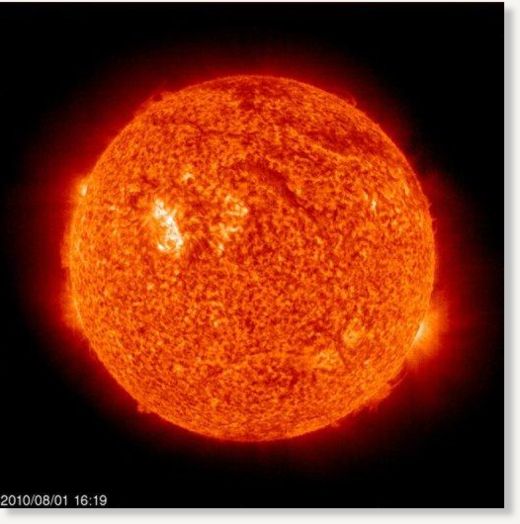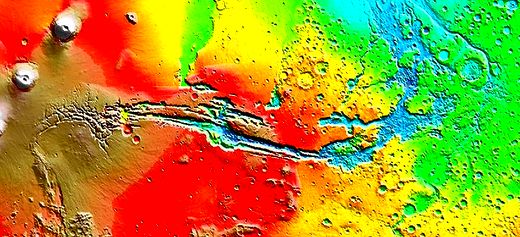
Cuba is set to join the high-speed broadband era with an undersea fibre-optic cable laid from Venezuela, bringing the promise of speedy internet to one of the world's least connected countries.
A specialised ship sailed from Camuri beach, near the Venezuelan port of La Guaria, this weekend, trailing the cable from buoys on the start of a 1,000-mile journey across the Caribbean sea.
Venezuelan and Cuban officials hailed the project as a blow to the United States' embargo on the island. It will make Cuba's connection speed 3,000 times faster and modernise its economy.
"This means a giant step for the independence and sovereignty of our people," Rogelio Polanco, Cuba's ambassador to Caracas, said at a pomp-filled ceremony in tropical sunshine.
The ship, Ile de Batz, owned by the French company Alcatel-Lucent, will lay the cable at depths of up to 5,800 metres and is expected to reach eastern Cuba by 8 February. Cuba's government said the cable should be in use by June or July.
Cuba has some censorship restrictions but the impact could be profound. The country has just 14.2 internet users per 100 people, the western hemisphere's lowest ratio, with access largely restricted to government offices, universities, foreign companies and tourist hotels.
The 50-year-old US embargo prevented Cuba tapping into Caribbean fibre-optic cables, forcing it to rely on a slow, expensive satellite link of just 379 megabits per second.










